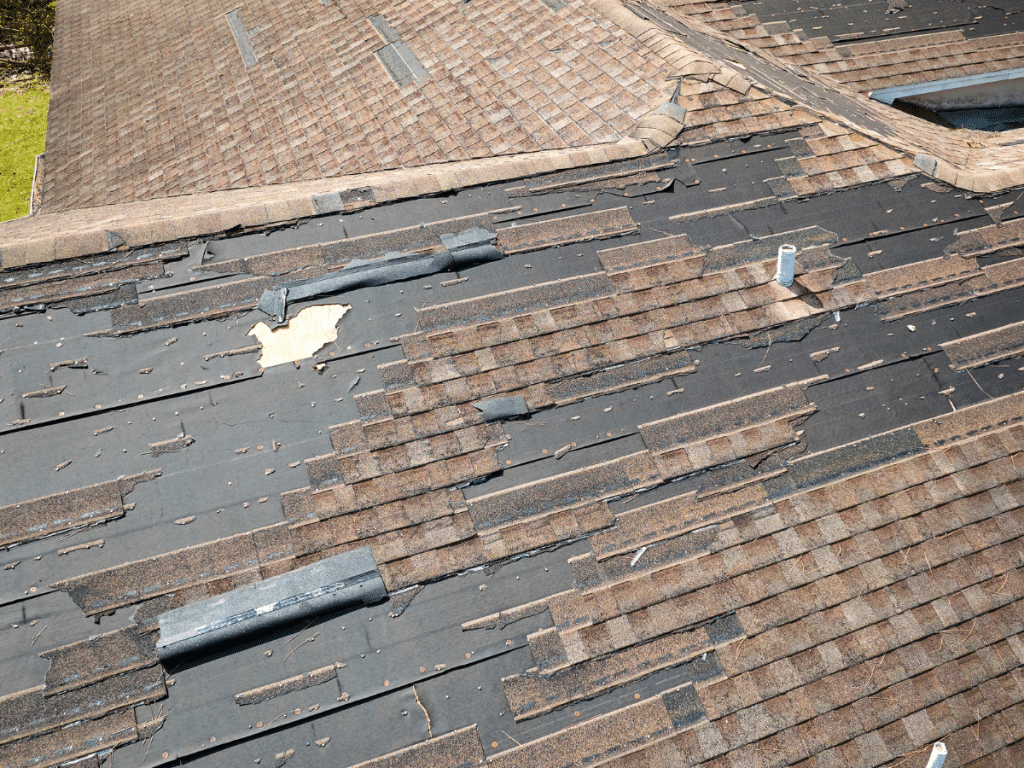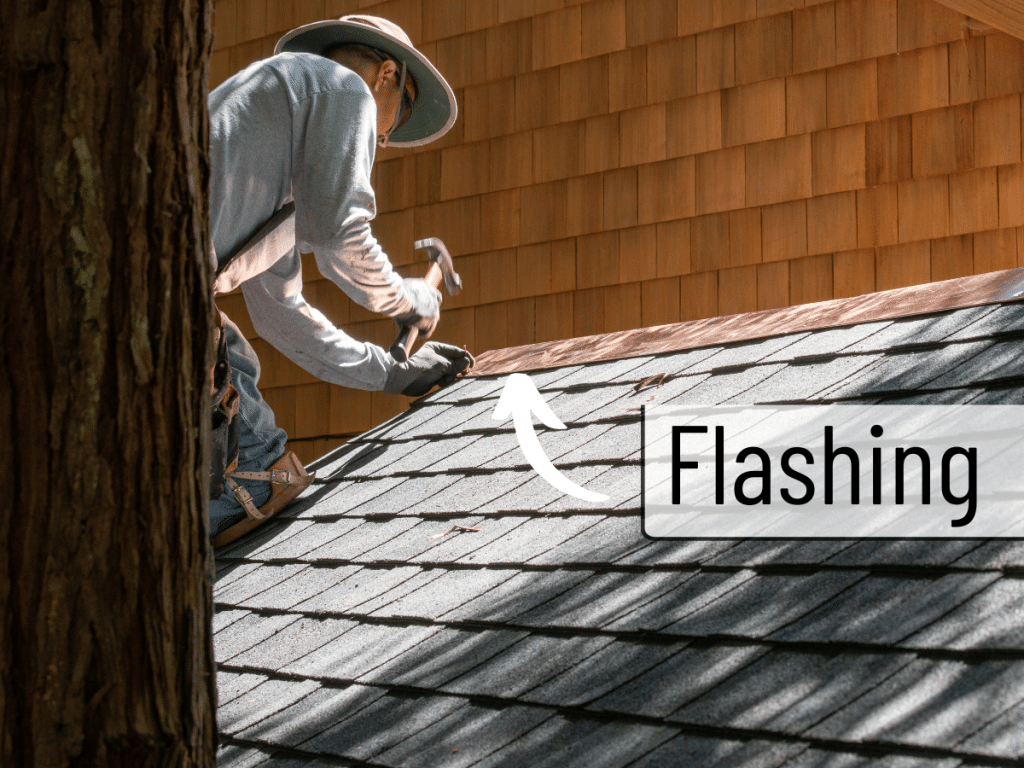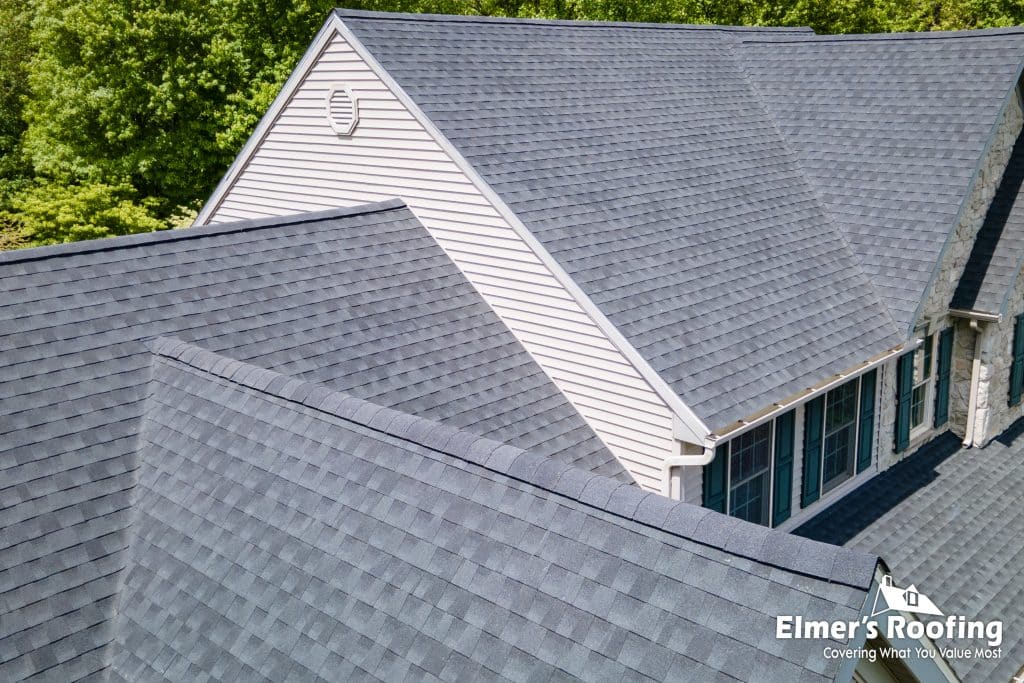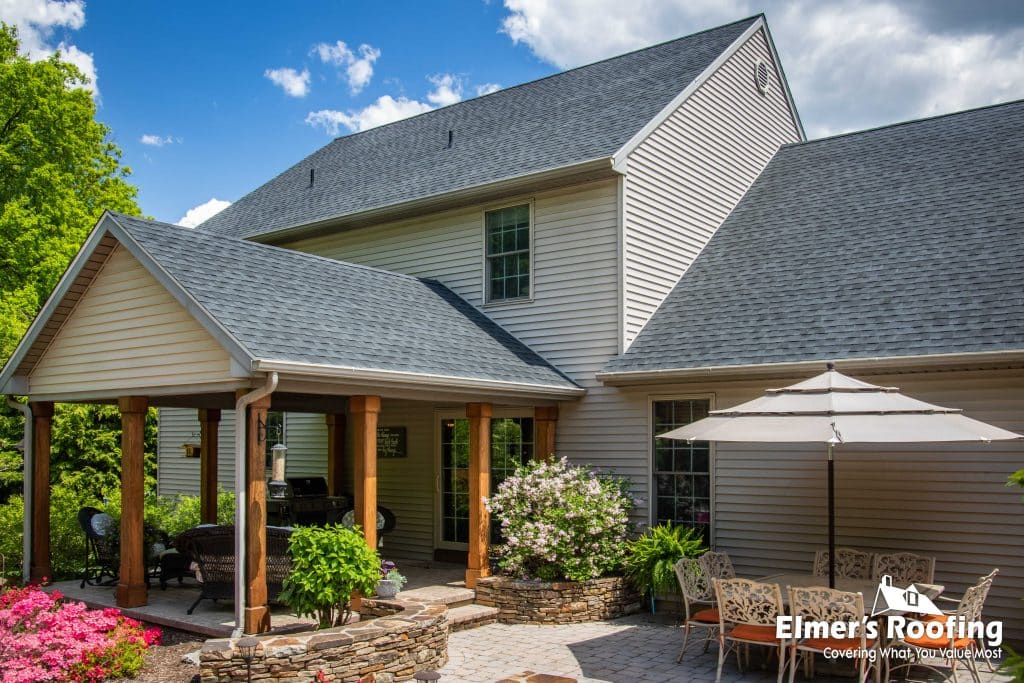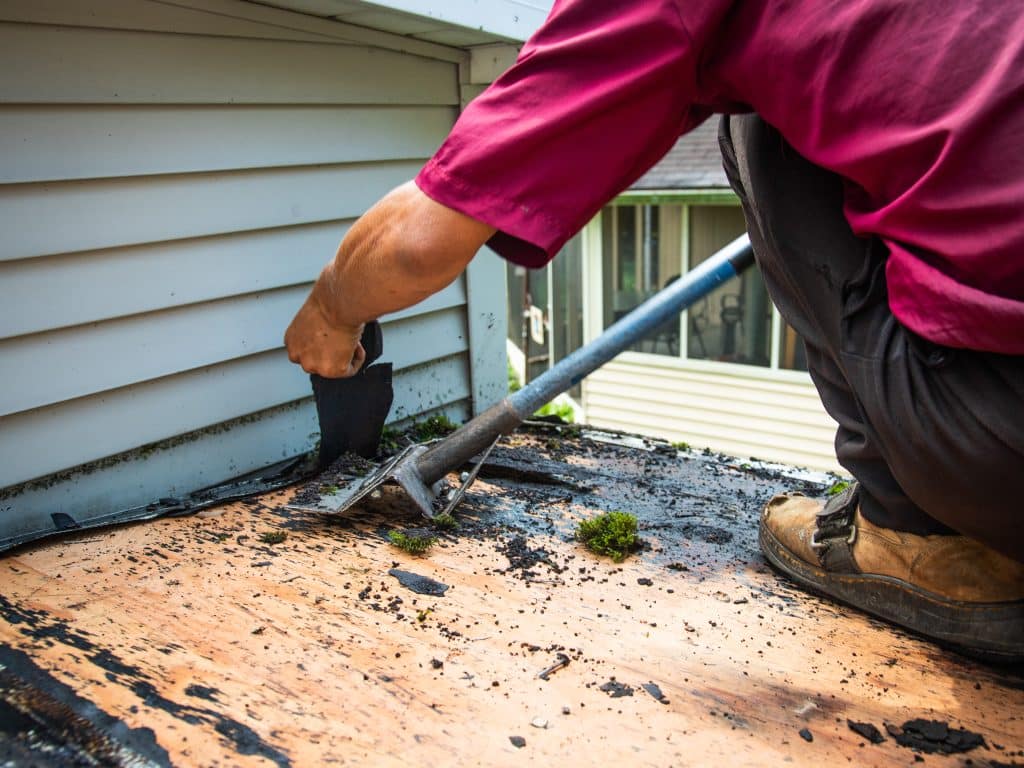
Definition of a roof deck
There is more to your roof than shingles. Your roof deck is the wooden sheathing that makes up the framing of your roof. Your asphalt shingles are installed on this vital piece of your roof. The roof decking is essential to keeping your home secure and protected from the elements.
Importance of a roof deck in protecting a building
Your shingles will only be as good as the roof deck installed. New shingles installed on a sagging roof can be damaged during installation, allowing water to pool in the sagging areas and causing even more damage. Installing new shingles on a rotted or sagging roof deck will be worse in the long run.
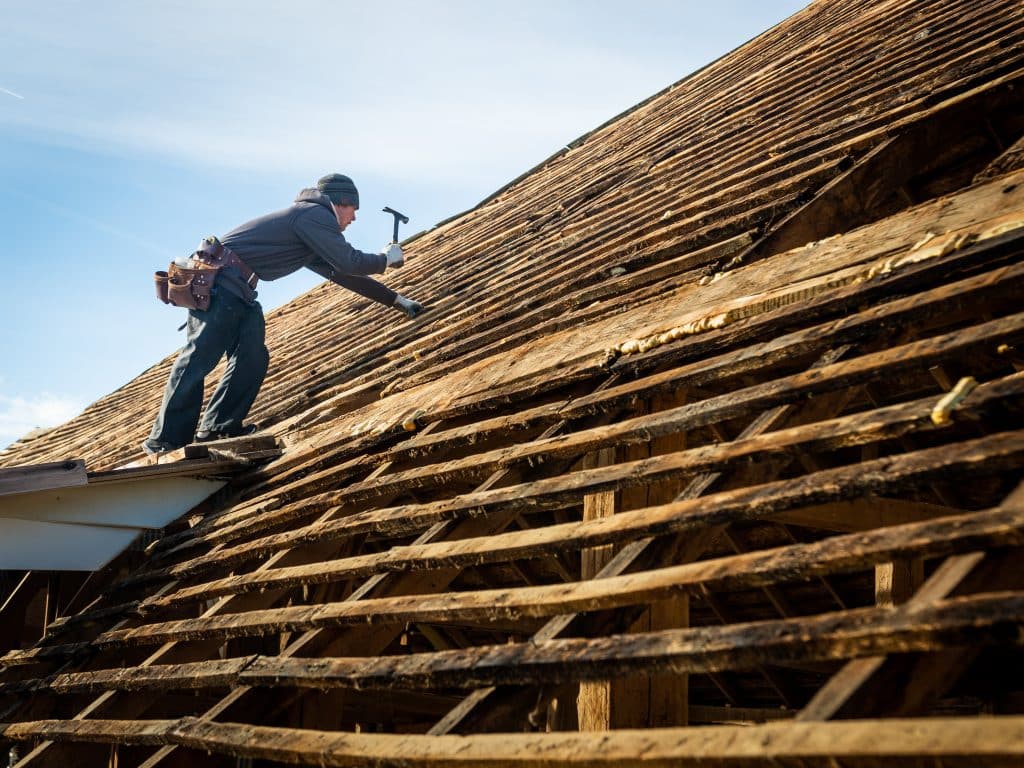
Types of Roof Decks
There are several types of roof decking materials used. Here are the most popular ones.
Plywood
Plywood is made from thin layers of wood veneer that are glued together. Plywood comes in several thicknesses. The thickness you will need for your roof sheathing will vary depending on the space between rafters. Plywood is more permeable than the other roofing options, which is a crucial benefit. This characteristic means plywood can absorb more moisture and dry out faster. Permeability helps your roof deck to last longer.
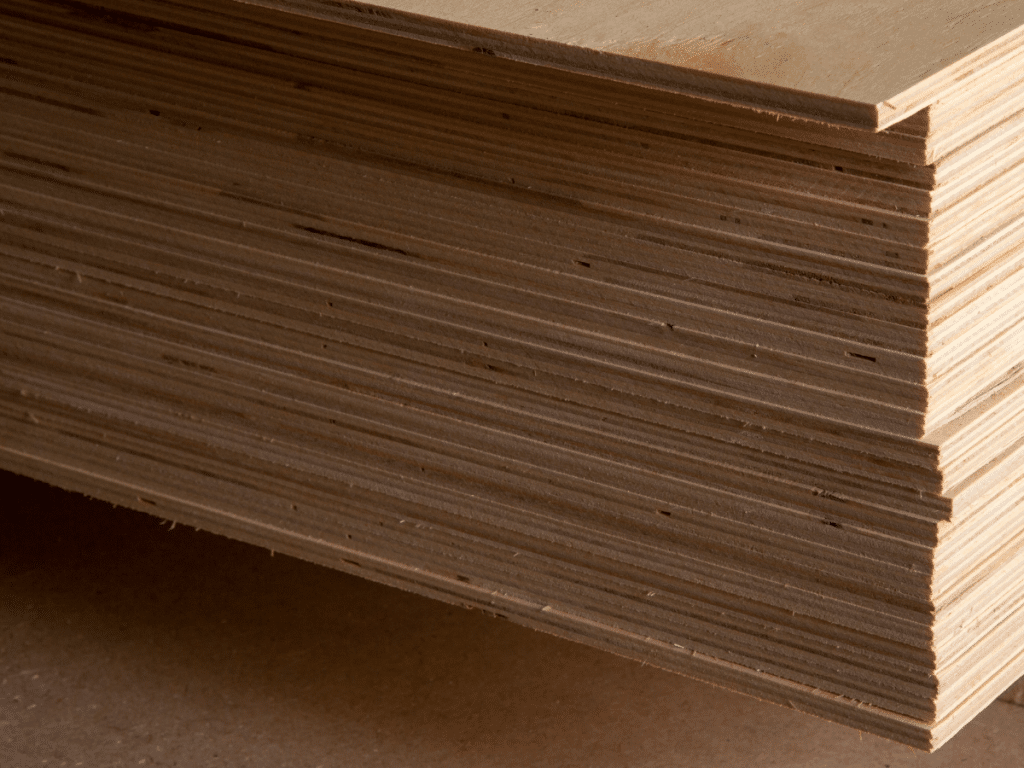
Oriented strand board (OSB)
OSB is the other primary roof sheathing product on the market. OSB is similar to plywood, but instead of a wood veneer glued together, OSB is made of wooden chips. In recent years OSB has overtaken plywood as the number one structural sheathing material. OSB is more susceptible to moisture, which can cause swelling, but is more resistant to decay when compared to plywood. Lastly, OSB is very similar yet cheaper than plywood.
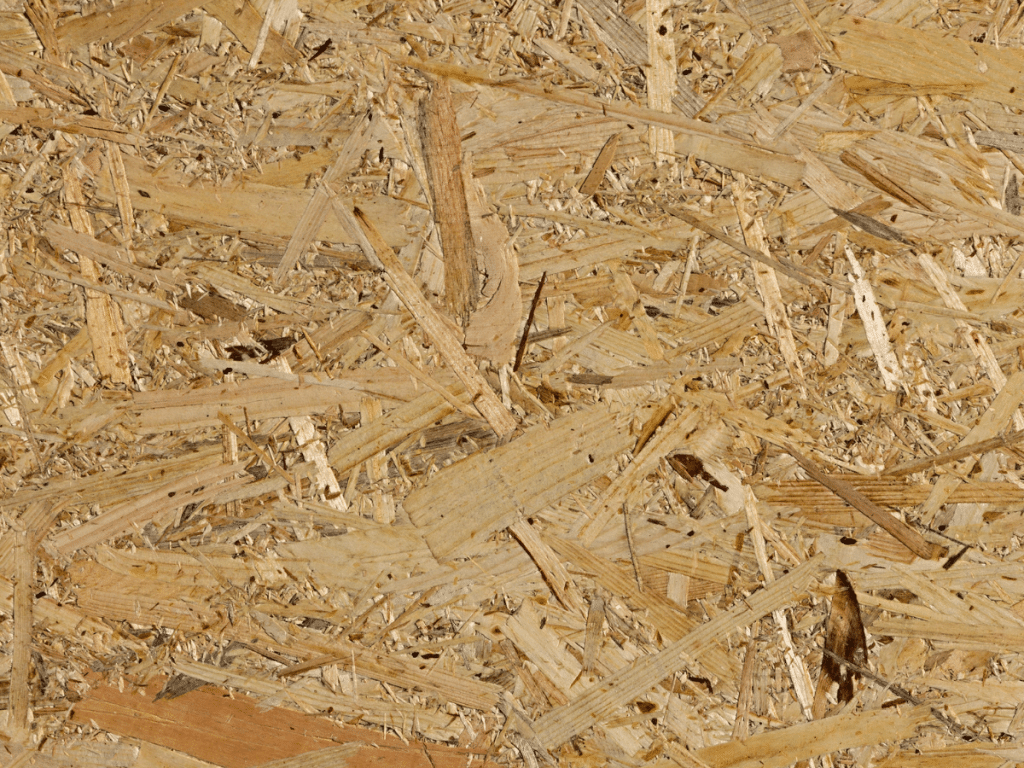
Planking
If you have an older home, your roof decking might be made of wood planks. Plank decking is what roofers used before the invention of plywood. You can still use planking for your roof deck; however, there are better options than planking. A roof deck made from planks will have gaps between the boards which complicate shingle installation. Your shingle nails might miss your planking entirely, eventually leading to missing shingles and a leaky roof. Since the invention of plywood and OSB, plank roof sheathing has become almost obsolete.
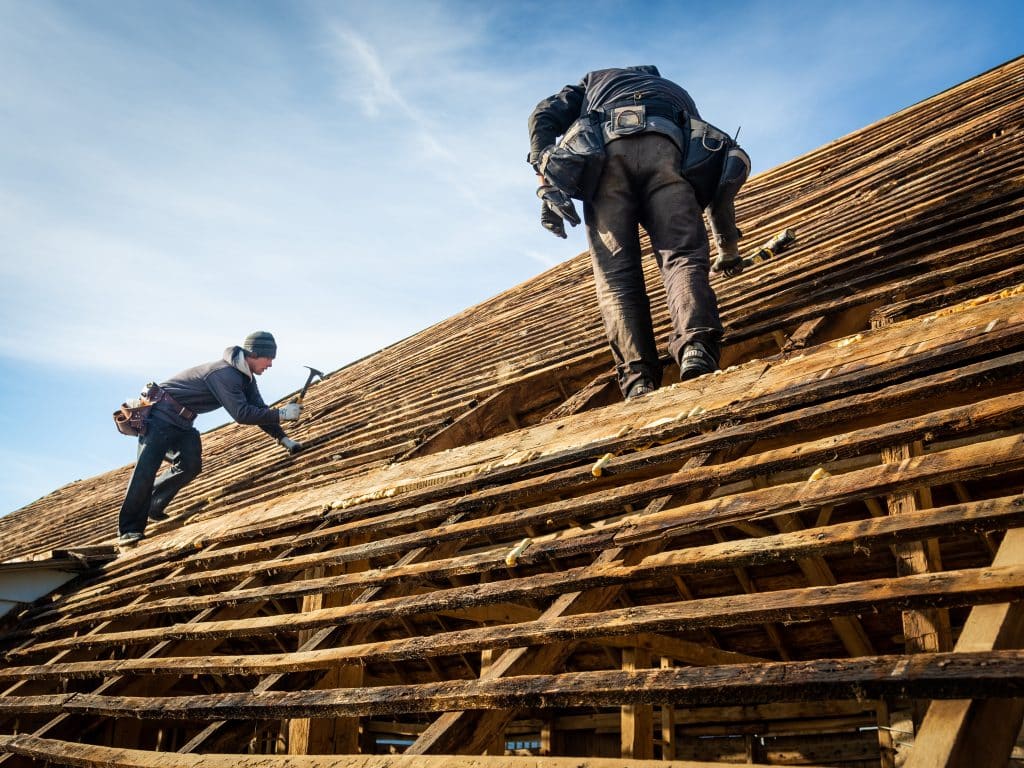
Asphalt shingles and roof decks
To install new shingles, you will need a structurally sound roof deck. After your residential roofer rips off the old shingles, they will inspect the roof deck. If sheets need to be replaced, they will replace them before continuing. You will not be able to see if your decking is damaged until after removing the shingles, so your final bill will be larger than the original quote.
How asphalt shingles are installed on a roof deck
We use the GAF lifetime roofing system when installing shingles on your home. First, we install the GAF leak barrier by the edge of your roof deck. GAF leak barrier prevents damage from wind-driven rain and ice dams. Next, we install an underlayment to shield the deck from moisture penetration. After installing the underlayment, we install starter shingles at the edges to prevent shingle blow-offs, then install the rest. Once the shingles are installed, we add a ridge vent and ridge shingles to let your roof vent moisture.
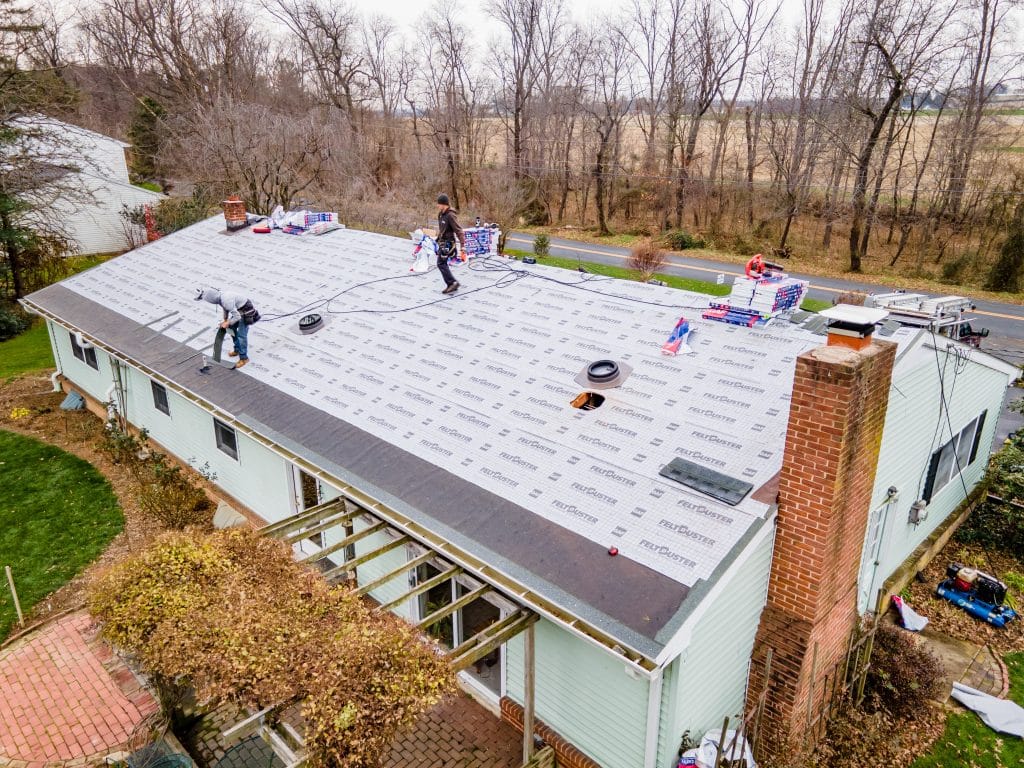
Importance of Proper Roof Repair
Proper roof installation is essential to ensure your investment is worth it and to keep your home in top shape. If your roof is repaired correctly, you can prepare for years of stress-free maintenance. However, if installed incorrectly, it is a matter of time until your roof has an issue. All of your roofing components work together, so if one part fails, your whole roof will.
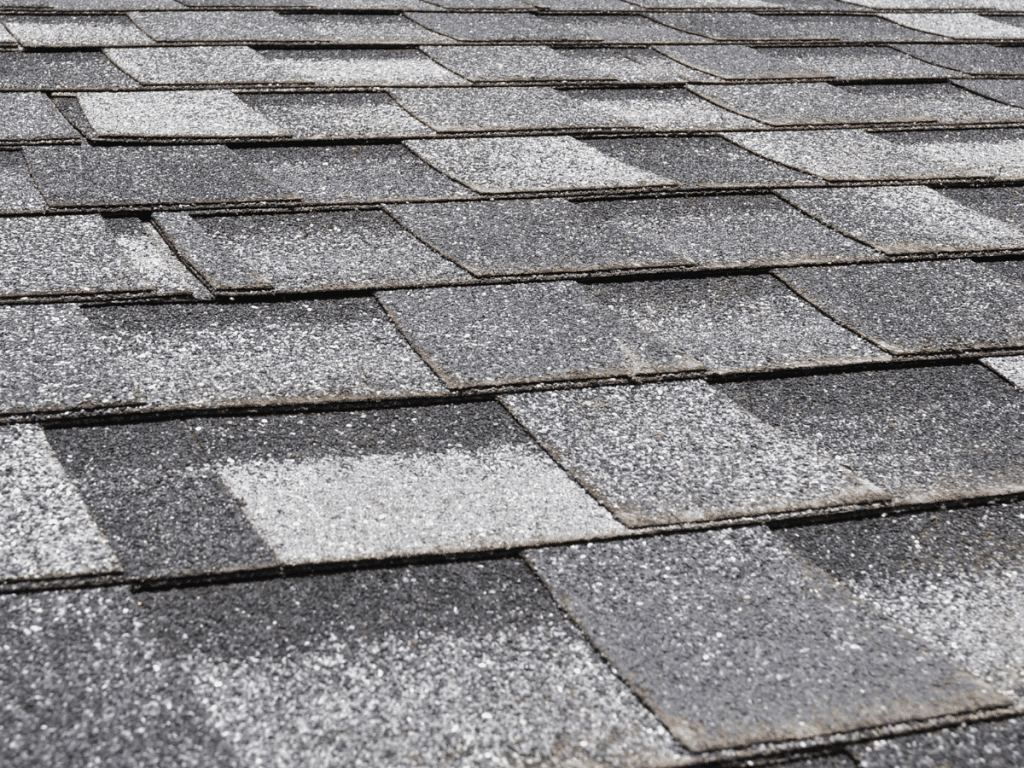
Issues Caused by Poor Roofing
Poor roofing installation can cause a host of structural issues to your home. A leaky roof will eventually cause structural damage or even cause roof collapse. Here are some signs that indicate a bad roofing job.
Sagging Roofline
A sagging roofline is a sign of a bad roof. A damaged roof deck or rafters can cause your roofline to sag. Sagging rooflines are easy to spot from the ground since all the roof lines should be straight on a new roof. If your roofline is sagging after a new roof installation, your roofing contractor did not take the time to properly repair the roof deck or asses your roof before installing shingles. If your roofline is sagging, call an expert or schedule a consultation to find the best way to repair your roof.
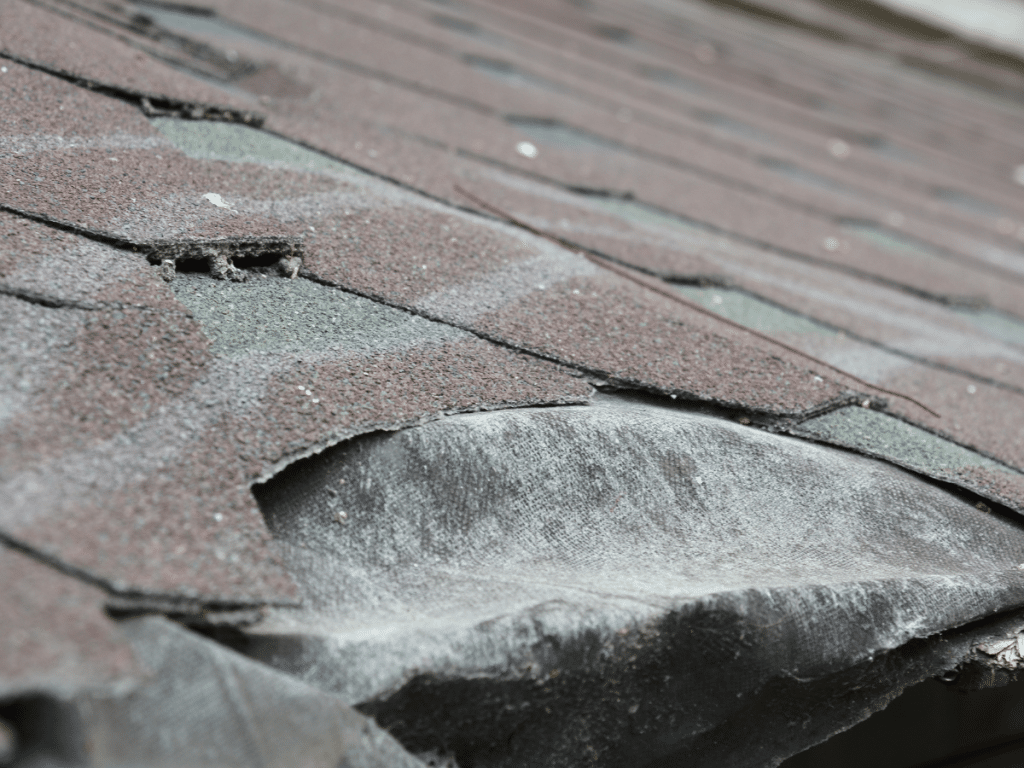
Missing Shingles
Several issues can cause missing shingles. Older roofs will eventually start losing shingles due to age. However, if you recently had your roof replaced and missing shingles, your roofing contractor did not do his job correctly. He was either lazy, careless, or unprofessional.
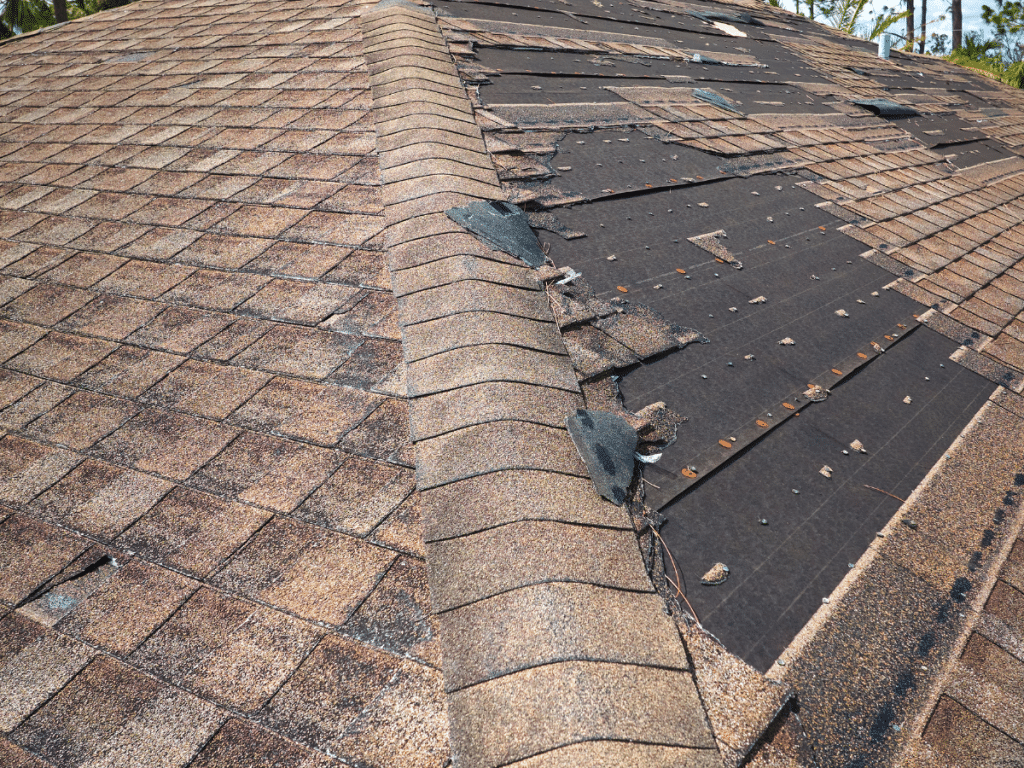
Water Leaks
Water leaks are a common problem that comes with aging roofs. Leaks can be caused by multiple issues and eventually damage your home’s structure. A water leak can easily be repaired; however, a new roof should not be leaking. Over time, a water leak will cause your roof deck to rot, which can lead to a roof cave-in. Water leaks are essential to fix promptly, so contact a professional as soon as possible.
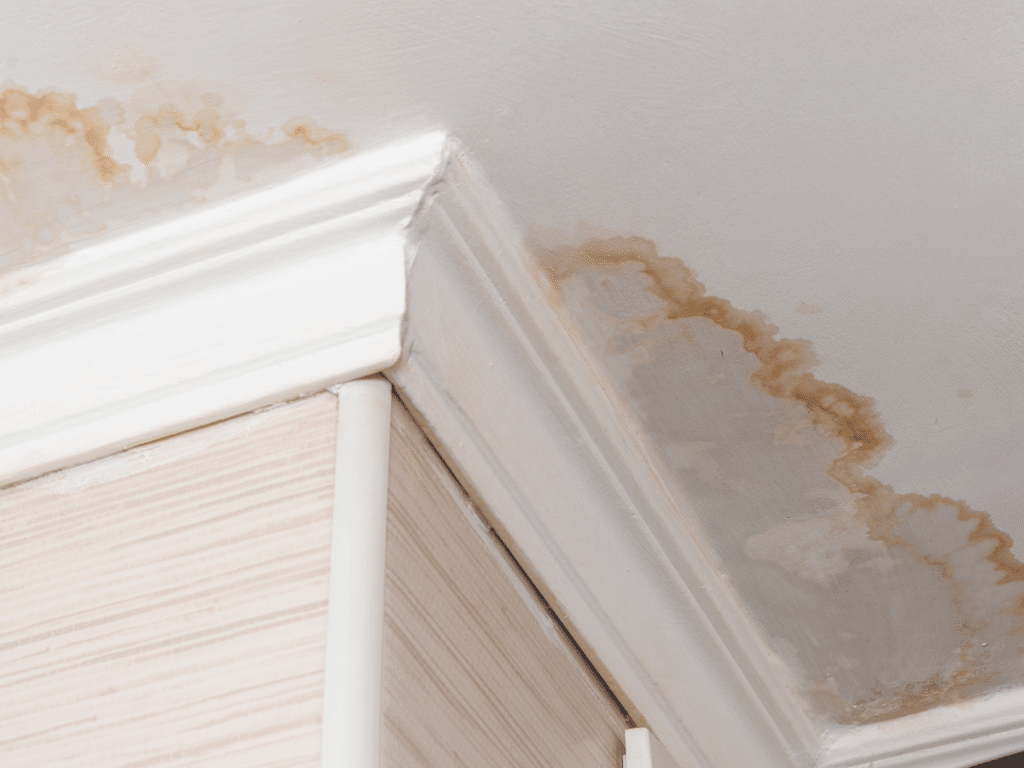
Roof Stains
Roof stains are dark spots on the inside of your roof decking. Roof stains appear as dark black stains on the inside of your roof. Roof stains can be caused by improper venting or water leaks. A roofing professional can locate the exact issue with your roof.
Reused or Missing Flashing and Drip Edge
Flashing and drip edge is used to keep awkward angles and areas protected from water leaks. It is installed around your roof’s chimney, vents, or heating and cooling systems. Flashing needs to be adequately installed and caulked to prevent leaks. When a residential roofer removes shingles, the flashing will get damaged, so you will need to install new flashing. If your roofer reuses or damages the flashing, your roof will leak and cause problems.
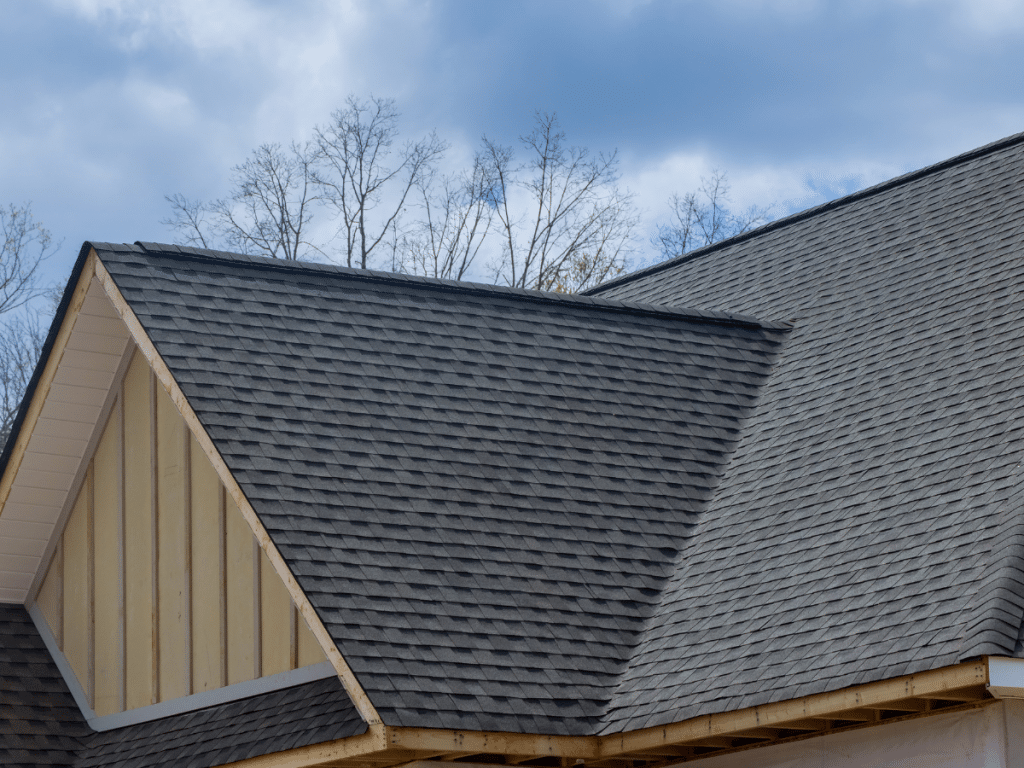
Roof Deck Maintenance and Repair
Knowing how to maintain your roof correctly is vital for a homeowner. It can be daunting; however, timely roof inspections and maintenance can prevent expensive repairs to your roof and roof deck. Here are six tips for maintaining your roof deck.
Regular Shingle Inspection
Each season has weather patterns that cause wear and tear to your roof. Humid summer days cause excessive sun damage, and melting snow in the winter can cause leaks. Inspecting your roof each season to look for any damage is crucial. Check the caulk around flashing, look for missing shingles, and check your gutters for loose gravel. Look for any growing moss or lichen areas, which could be a sign of roof deck deterioration. Fix any minor issues to keep them from developing into expensive repairs.
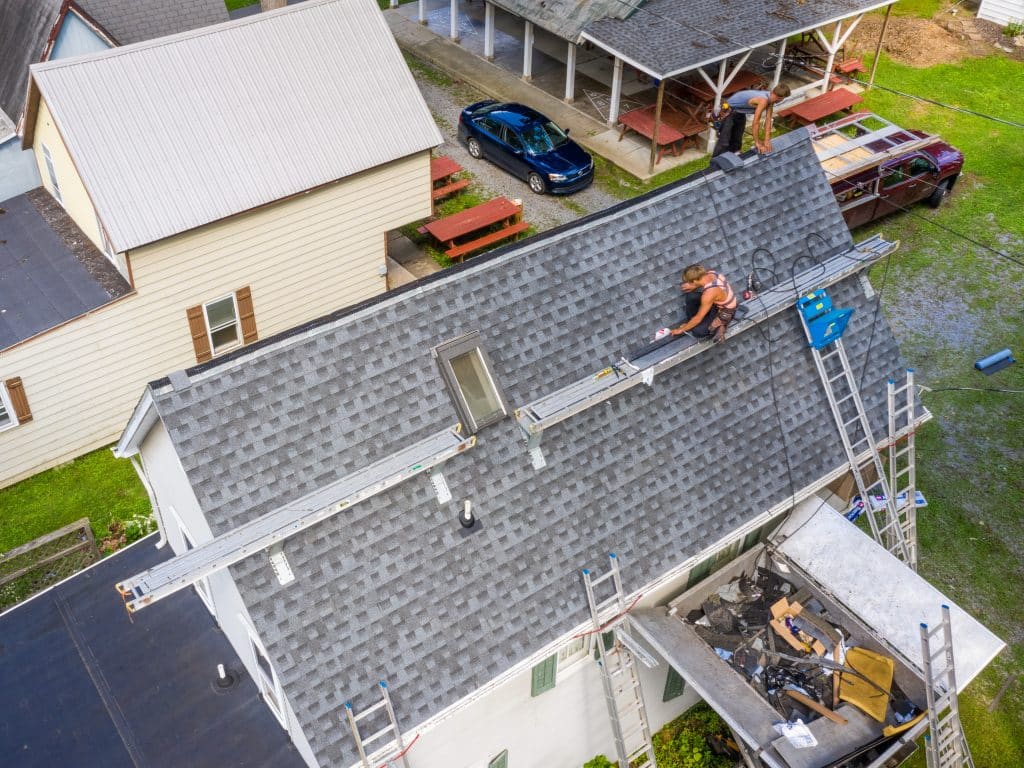
Treat for Moss and Lichen
Moss and lichens can cause extensive damage to your roof. Both plants often grow in shady areas of your roof during the summer. You can hire a professional or clean it yourself by spraying a 50;50 mix of chlorine bleach and water. Once your roof is clean, apply a moss-preventative solution. You should treat your roof at least once a year.
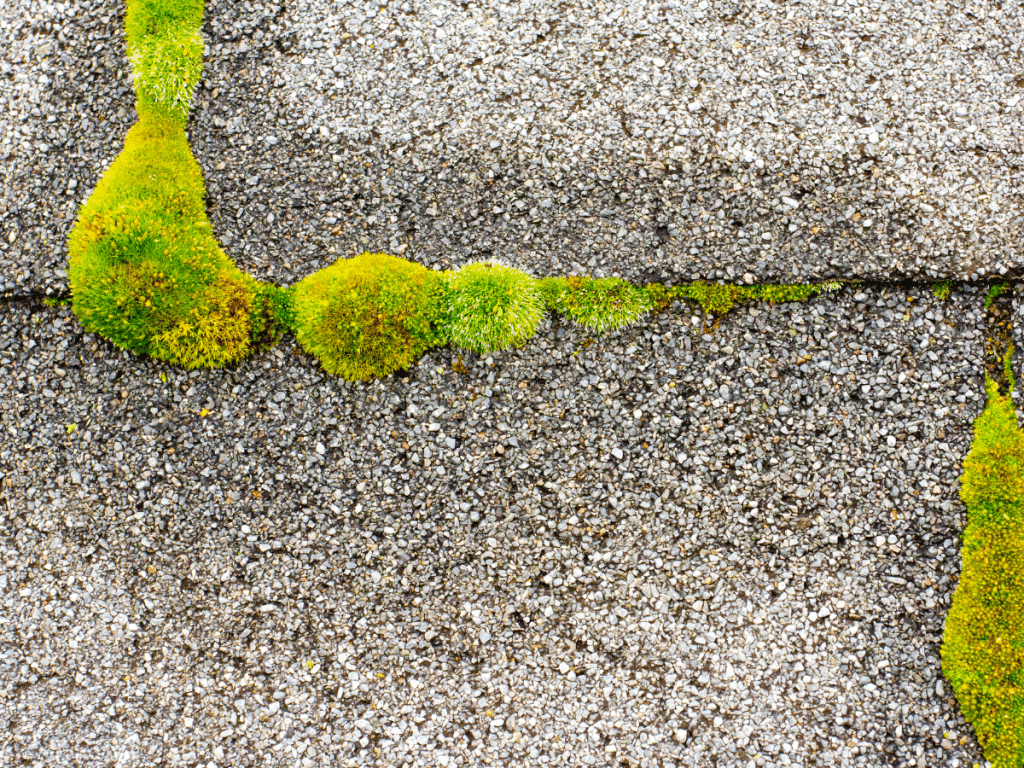
Clean Gutters
Your gutters protect your roof by directing rainwater and debris away from your home. Your channels must be clear of obstructions to drain correctly. Periodically check your gutters to ensure they are free of sticks, leaves, and loose gravel from your shingles. It would be best if you tried to clean your gutters every quarter.
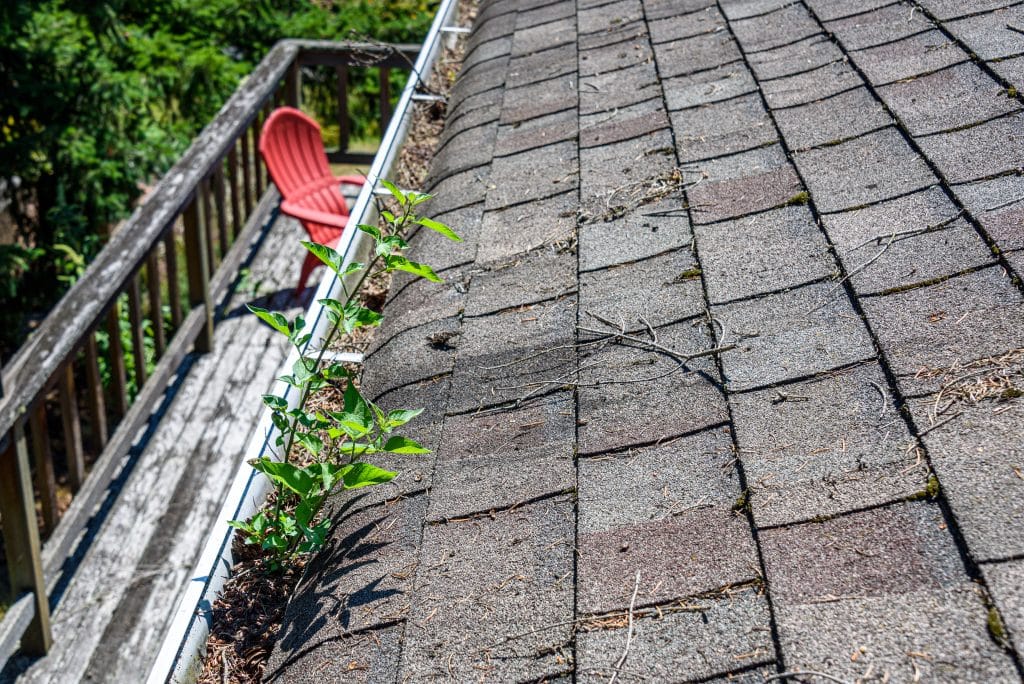
Remove Debris
If you live in a wooded area, you probably get sticks, leaves, and other debris on your roof. Removing trash from your roof is essential since moss, lichen, and algae can grow under leaves and sticks. Check your roof for debris after a heavy storm and clean off any residue.
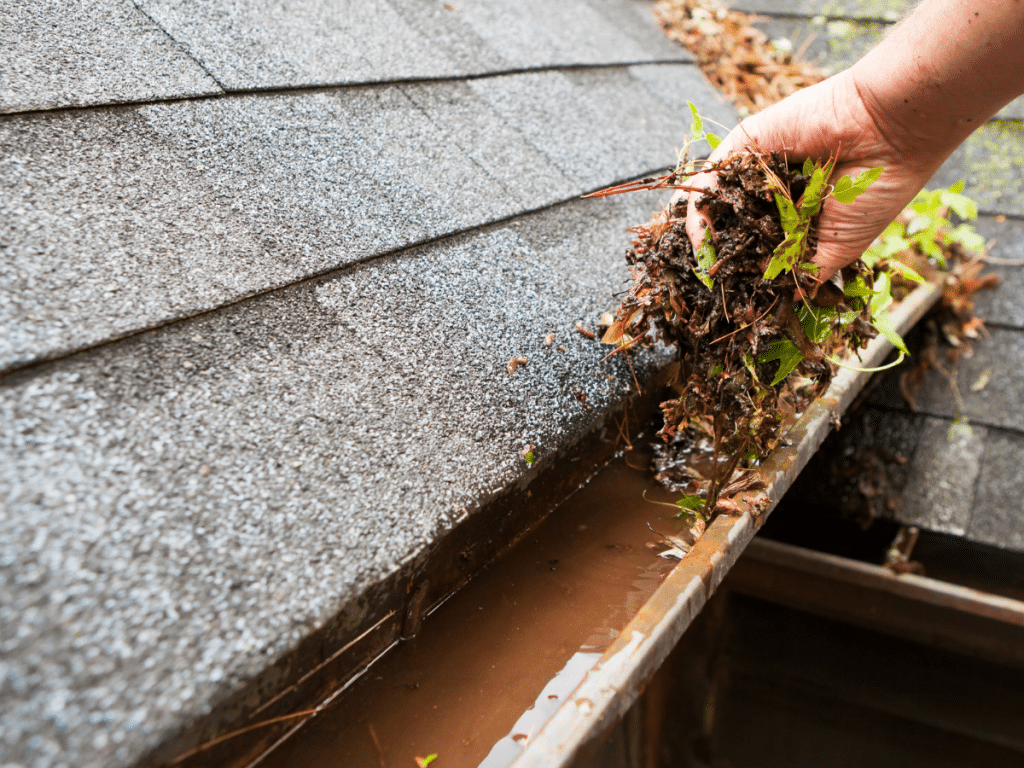
Trim Branches
Heavy storms can break overhanging tree branches and cause impact damage on your roof. We recommend checking your tree limbs at least once a year and trimming them if necessary. Trim any branches that are too close to your roof and look like they might break in a storm.
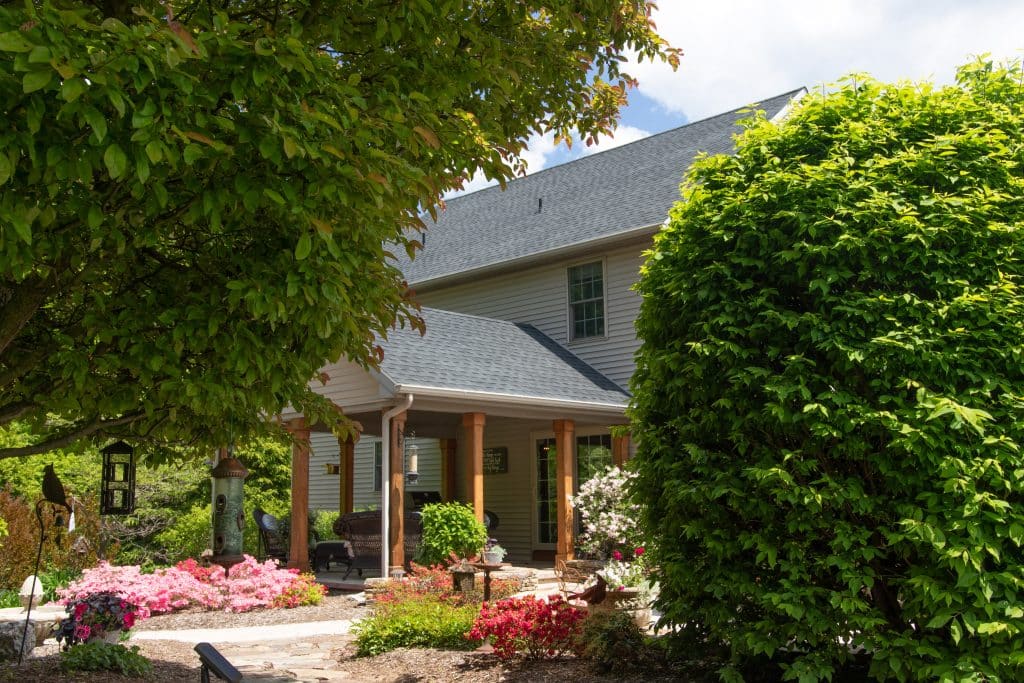
Recaulk Flashings
Flashing prevents water from leaking into your home. Flashing is installed around chimneys and vent pipes and caulked for a tight seal. Inspect your roof flashing and look for any gaps or missing caulk. Scrape away old caulk and apply a new bead.

Look For Leaks
An exterior inspection of your roof will tell you a lot about it; however, if you want to find leaks, you will need to inspect the interior of your roof. During your regular maintenance, take some time to visit your attic and look for any signs of moisture damage. If you see any water stains or leaks, consult a professional since you might need to repair your roof deck.
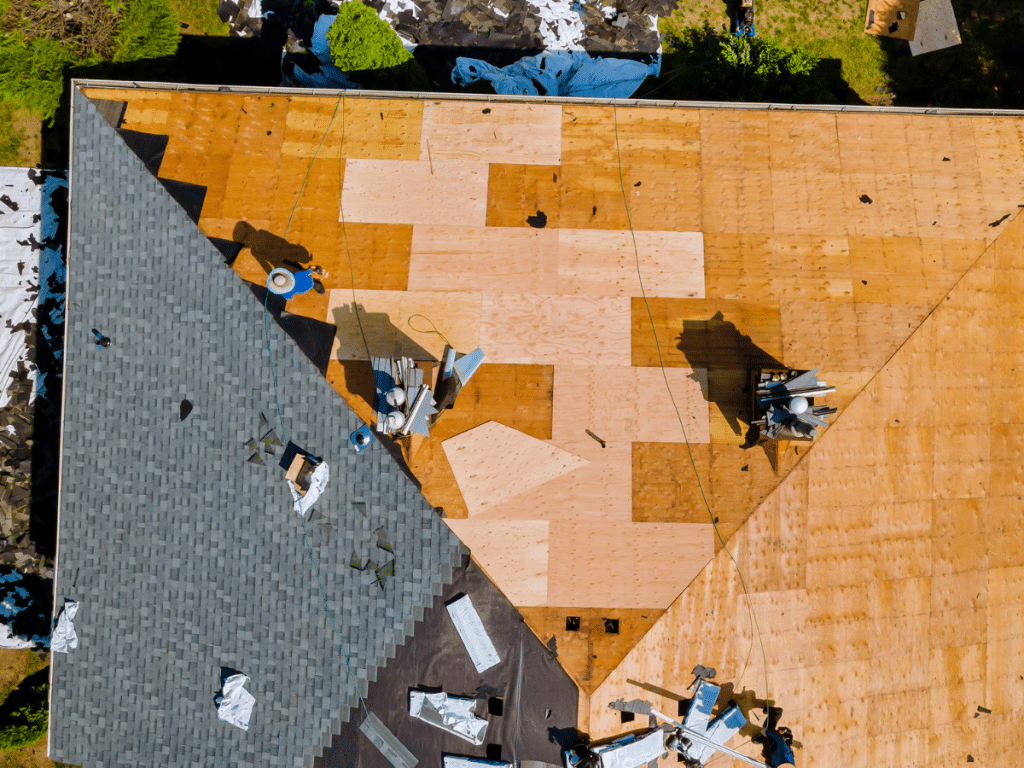
Ensure Good Insulation
Poorly insulated roofs can cause your home to lose a quarter of its heat. A properly insulated roof will save energy and money while preventing ice dams. An ice dam is a ridge of ice that forms at the roof’s edge and prevents water from draining off your roof. A poorly insulated roof will melt snow and increase the possibility of an ice dam. Overnight the water will refreeze and cause extensive damage to your shingles.
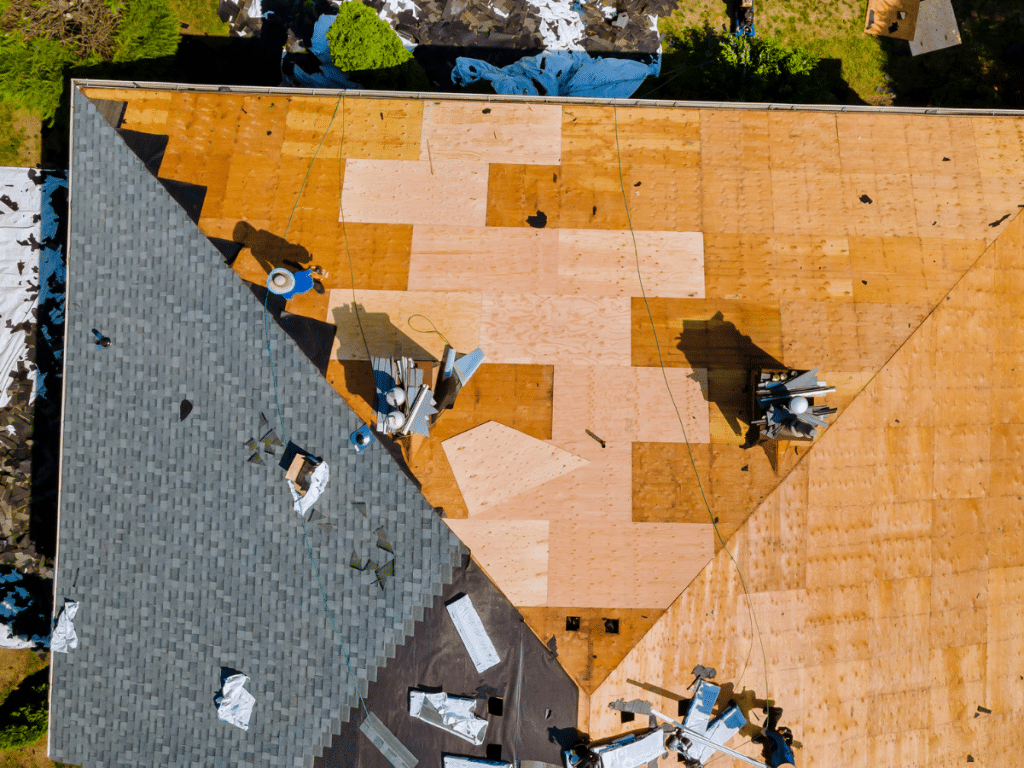
Consult a Professional
Getting a professional opinion on your roof will erase any issues. As a homeowner, correctly maintaining your roof can be a pain, and a professional can find issues you might miss. If you want to keep your roof in top shape, schedule a roof inspection after a heavy storm or twice a year.
Conclusion
Proper roof maintenance will prevent severe damage to your roof deck. Roof deck repair is expensive, so if you want to save money, regularly inspect your roof and repair issues. Elmer’s Roofing is an Amish roofing company based out of Lancaster, PA. Book a free consultation if you would like a professional roofer’s opinion. Don’t let any minor issues go that will cause expensive repairs in the future.







